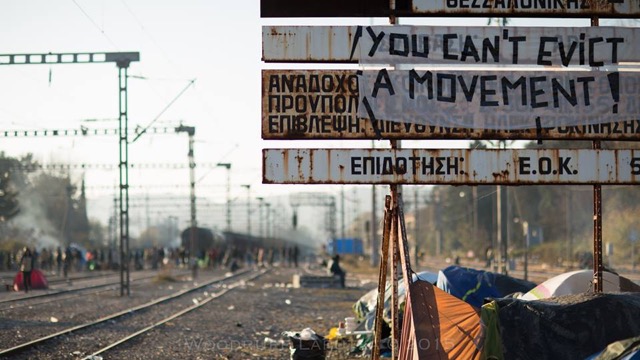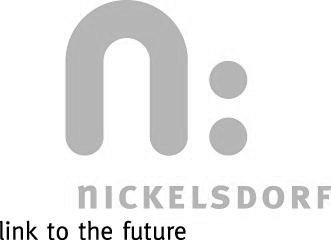"Vor dem Krieg war Krieg, Nach dem Krieg ist immer noch Krieg" Als Versuch den Krieg aus einer persönlichen Perspektive zu zeigen und zu verstehen begann Mazen Kerbaj während des Libanon Krieges im Jahr 2006 zu zeichnen und Audioaufnahmen zu machen. Das Ergebnis ist fragiles Material von quälender Intensität: gewöhnliche Soundscapes, TV-Nachrichten, Musik aus dem Radio und private Telefongespräche, unterbrochen von Bombenexplosionen und Flugzeuglärm. Von Zeit zu Zeit begleitet von Kerbaj mit seinem Trompetenspiel. Eine intime Arbeit zum 10. Jahrestag des Kriegs.

"das was überdauert in dem was dauert" Unser Hauptaufgabe wird sein, zunächst einen gemeinsamen Zustand dessen zu finden, was wir "AUS" nennen. Ausgehend davon werden einige Entscheidungen getroffen, die stark von der Situation abhängen - Farben, Tiere, Publikum, Architektur, Gesundheit, Umgebungsgeräusche... Was dann passiert hat mehr strategische als organische Gründe: Dann passiert das, was wir "EIN" nennen. Einerseits, versuchen wir keine Angst vor der Leere zu haben, andererseits kann uns die Gestalt, die sich daraus bildet zur Erschöpfung treiben, auch wenn sie nur sehr kurz andauert.
AUS & EIN befinden sich beide in voller Aktion.

Valparaiso - paradiesisches Tal - ein Wort zum Träumen. Während einer einmonatigen Residency in Valparaiso im Jahr 2014 entstand diese Arbeit als Referenz an die Stadt, ihre schwebend - vorläufige Erscheinung, die häufigen Erdbeben, ihre Lebendigkeit und Brutalität. Ein Sehnsuchtsort. Eine Feier des Lebens als ewiger Kreislauf aus Aufbau und Zerstörung.
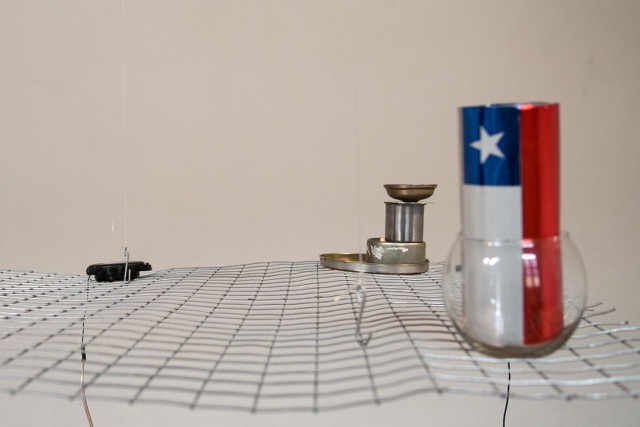
Ende August 2015 zeigte ein LKW voller Leichen, der auf der A4 gefunden und dann auf dem Zollgelände zwischen Nickelsdorf und Hegyeshalom gereinigt wurde, die Grausamkeit des Europäischen Grenzregimes. Kurz darauf öffneten viele Menschen gemeinsam die Grenzen für einen kurzen Moment. Die Antwort darauf waren mehr Zäune.
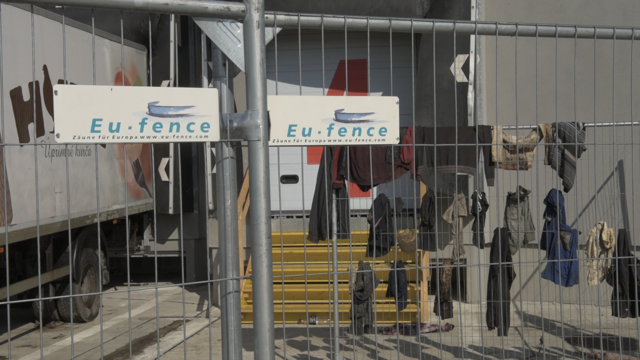
Die Arbeit ist eine Antwort auf die Titel-Frage der Ausstellung: "Warum sind wir noch hier?". Sie besteht aus kurzen Field-Recordings mit Stimm-interpunktionen, oder anders gesagt aus vor Ort-Stimmaufnahmen . Jeder Sprecher / jede Sprecherin entscheidet wann und die Stimme in die Umgebung hineingesetzt wird. Für mich - als Chinese - ist es so schwierig dieses Wort auf Deutsch, Italienisch oder sogar auf Englisch einigermaßen korrekt auszusprechen. Das ist ein sehr politisches Problem, nicht wahr? Lasst es uns auf politische Art lösen - Prost!
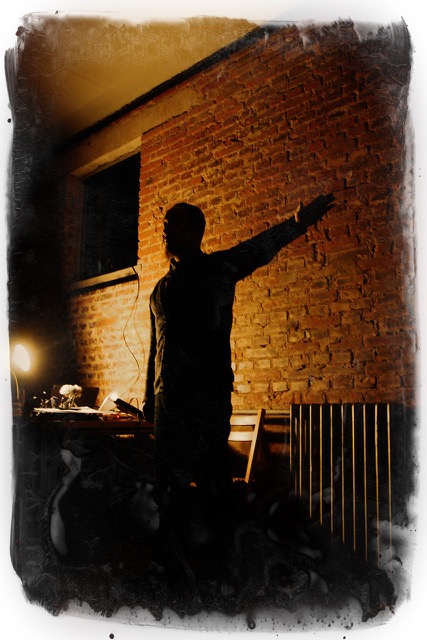
"Wir sind Zeugen des höchsten Standes von menschlicher Vertreibung seit beginn der Aufzeichnungen. Eine noch nie dagewesene Zahl von 65.3 Millionen Menschen sind weltweit aus ihrer Heimat vertrieben. Unter ihnen sind fast 21.3 Millionen Flüchtlinge, die Hälfte von ihnen unter 18 Jahre alt." (zitiert vom UNHCR 2016). Es gibt allein 4.8 Millionen syrische Flüchtlinge, von denen viele in sogenannten Hotspots in und um Europa aufgehalten werden - versteckt vor der zivilgesellschaftlichen Wahrnehmung um die Festung Europa intakt zu halten. Für wie lange und zum Preis von wievielen Menschenleben? Ich werde eine Landkarte präsentieren, die anzeigt wo sich diese Flüchtlinge befinden auf der Flucht oder in Hotspots. Der Besucher der Ausstellung kann mittels Laserpointer ein abstraktes Bild darauf erzeugen welches durch Sonifikation hörbar gemacht wird.
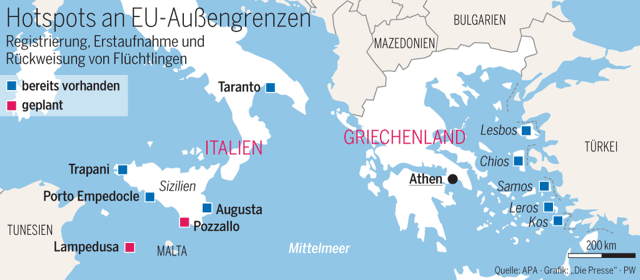
After the closure of the "Balkan route" a few months ago, thousands of people stranded at the greek / macedonian border. To overcome their speechlessness their only possibility was to write their demands on their tents, hoping this lines would be transported and read. And they have been carried on to Nickelsdorf. Transfered, displaced and out of context they reappear as a relict of european history on trembling tarpaulin.
"Wir sind in der dunklen Seite Europas angekommen - die Zelte von Idomeni" Tausende Menschen waren im letzen halben Jahr an der griechisch-mazedonischen Grenze gestrandet. Um sich aus ihrer Sprachlosigkeit zu befreien und ihre Forderungen Audruck zu verleihen, blieb ihnen nur die Möglichkeit, Ihre Zelte zu beschriften, in der Hoffnung, dass diese Zeilen irgendwo weitergetragen und gelesen werden. Und sie werden weitergetragen bis nach Nickelsdorf. Transferiert, disloziert und aus dem Kontext gerissen erscheinen diese Relikte eines Stückes Europageschichte auch nach der Räumung Idomenis auf bebenden Zeltwänden wieder.
